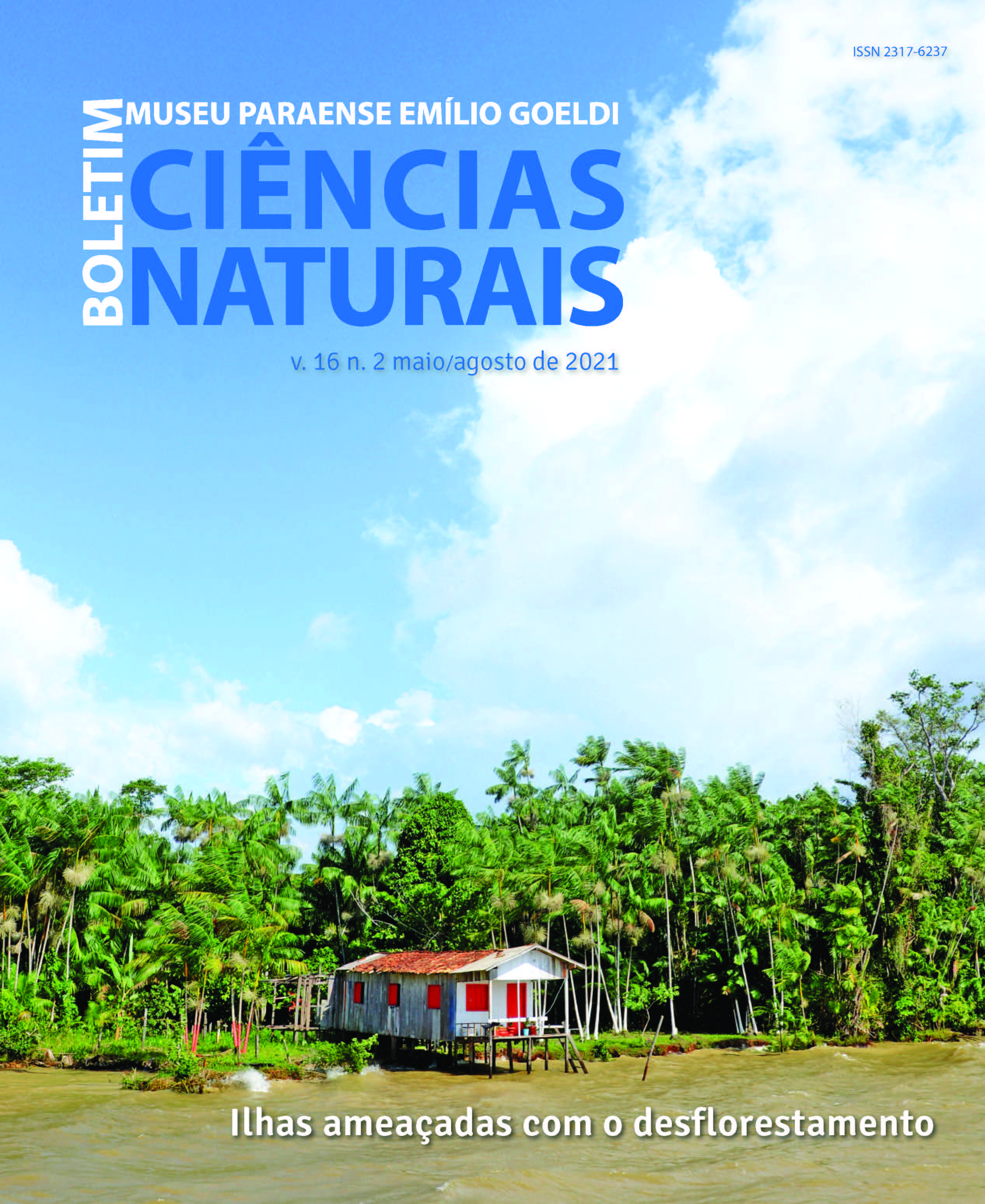Ethnobotany of medicinal plants in the quilombola community of Porto Alegre, Cametá, Pará, Brazil
DOI:
https://doi.org/10.46357/bcnaturais.v16i2.191Keywords:
Amazon, Traditional knowledge, Phytotherapy, Quilombo communityAbstract
The Amazon region presents the largest reserve of the planet for natural resources with healing properties. This article is about an ethnobotanical survey of medicinal plants used by the quilombola community of Porto Alegre, municipality of Cametá, Pará, Brazil. The survey was carried out between February and May of 2019 through participant observation and interviews with 20 residents. For botanical identification, the plants were collected and identified with the help of specialized literature. Eighty-three ethno-species were listed, 74 were identified and belong to 39 botanical families. The most common families were: Lamiaceae (11 species), Fabaceae (7 species) and Rutaceae (5 species). The most frequently mentioned species were: Kalanchoe pinnata, Dalbergia sp., Portulaca pilosa and Stryphnodendron adstringens. Herbal infusion is the most common form of preparation, with emphasis on the leaves of 57 species. Medicinal plants are mostly used to combat diseases associated with the digestive and respiratory systems in the community. These results indicate that the use of medicinal plants has great sociocultural value for the community, with women and the elderly being the main holders of this valuable knowledge.
Downloads
Published
Issue
Section
License
Publication means fully assigning and transferring all copyrights of the manuscript to the journal. The Liability Statement and
Assignment of Copyrights will be enclosed with the notice of acceptance. All the authors must sign the document and return it to the journal.








